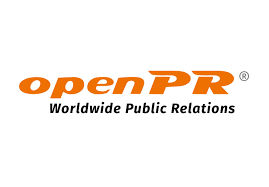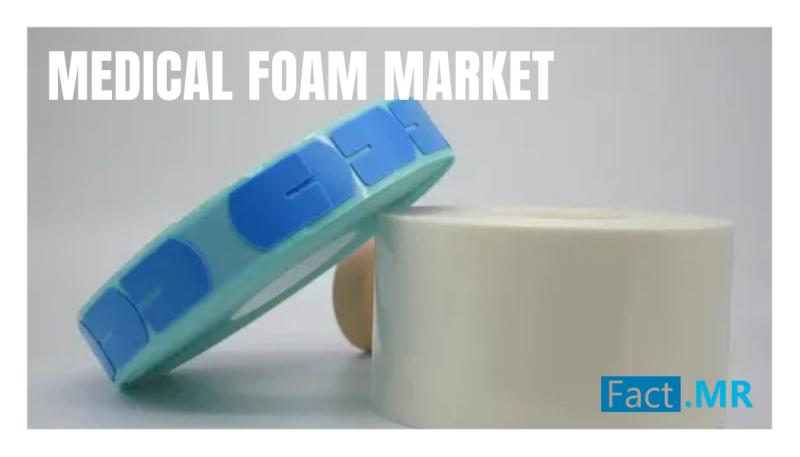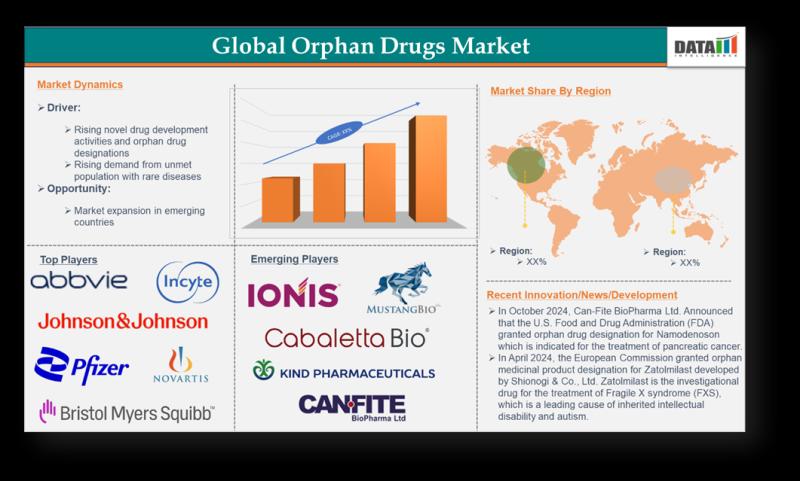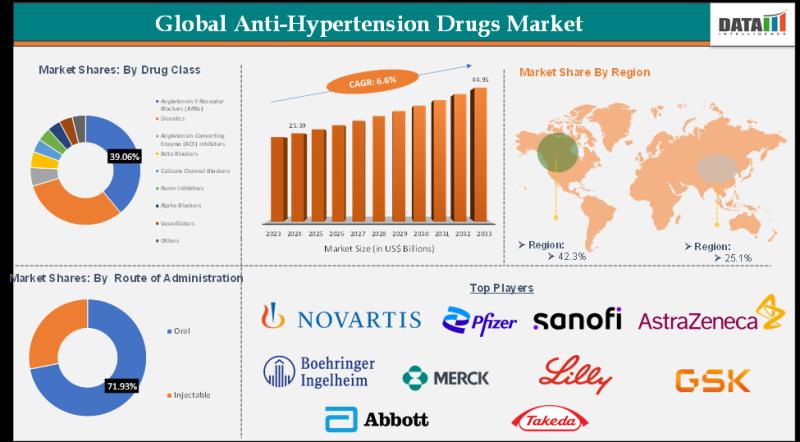Summary
The medical foam market will be valued at USD 7,845.6 million in 2025. Based on Fact. MR’s research shows that the industry will grow at 4.2% CAGR and reach USD 11,842.3 million by 2035. This growth presents unparalleled opportunities for
Source: Openpr.com

AI News Q&A (Free Content)
Q1: What factors are driving the growth of the medical foam market, and how is sustainable innovation contributing to this growth?
A1: The medical foam market is driven by a combination of factors including an aging population, increasing healthcare expenditure, and advancements in medical technology. Sustainable innovation plays a vital role by integrating smart materials like biocompatible and eco-friendly foams, which are increasingly being used in healthcare settings for applications like patient monitoring and drug delivery. Such innovations promise to transform healthcare by providing sustainable, high-performance materials, addressing the growing demand for eco-friendly products.
Q2: How are smart materials enhancing the applications of medical foam in healthcare?
A2: Smart materials are enhancing medical foam applications by integrating sensors and AI, allowing for advanced patient monitoring and personalized care. The use of nanotechnology and 3D printing in medical foams enables targeted drug delivery and customized orthotics, providing innovative solutions for various healthcare needs. These advancements not only improve the performance of medical foams but also contribute to their sustainability by offering biocompatible and eco-friendly options.
Q3: What is the expected growth rate of the medical foam market, and what are its primary applications?
A3: The medical foam market is expected to grow at a CAGR of 4.2% from 2025 to 2035. Primary applications of medical foam include wound care, patient support, and medical packaging. The market is also expanding with the development of advanced medical devices and technologies, driven by the rising demand for healthcare services and products that utilize medical foam.
Q4: What role do nanomaterials play in the development of smart medical foams?
A4: Nanomaterials are crucial in developing smart medical foams due to their unique properties, such as high specific surface area and tunable pore size. These characteristics allow for high drug-loading capacity and controlled release behavior, making them ideal for applications like ulcerative colitis treatment. The use of mesoporous nanomaterials enhances the effectiveness of medical foams by providing excellent biocompatibility and overcoming the limitations of conventional therapies.
Q5: How does the integration of AI and smart materials impact the sustainability of medical foams?
A5: The integration of AI and smart materials significantly impacts the sustainability of medical foams by optimizing their functionality and reducing environmental impact. AI-enabled smart foams can adapt to different medical needs, providing personalized care and improving patient outcomes. This approach also minimizes waste and resource consumption, aligning with the growing emphasis on sustainable healthcare solutions.
Q6: What are the challenges faced by the medical foam industry in terms of sustainability and innovation?
A6: The medical foam industry faces challenges such as fluctuations in raw material prices, limited biocompatibility, and stringent regulatory requirements. Additionally, achieving sustainability involves overcoming environmental concerns and developing foam materials that are both effective and eco-friendly. The industry must balance innovation with these challenges to meet the increasing demand for sustainable medical products.
Q7: What advancements in medical foam technology are expected to address the needs of an aging population?
A7: Advancements in medical foam technology, such as the development of biocompatible and high-performance foams, are expected to address the needs of an aging population. These include enhanced wound care solutions, improved patient support systems, and innovative packaging for medical devices. The focus on sustainable and smart materials ensures that these technologies are both effective and environmentally friendly, catering to the growing healthcare demands of an aging demographic.
References:
- Medical Foam Market to Reach USD 11.84 Billion by 2035, Driven by Smart Materials and Sustainable Innovation - Fact.MR Report
- The global medical foam market size was valued at USD 28.52 billion in 2024 and is expected to grow at a CAGR of 9.3% from 2025 to 2030
- Mesoporous nanomaterial-based smart nanoplatforms for precise therapies of ulcerative colitis: Strategies and challenges
- Published: 2025-07-11
- Climate And Resource Awareness is Imperative to Achieving Sustainable AI (and Preventing a Global AI Arms Race)
- Published: 2025-02-27






![[Latest] South Africa Cardiovascular Devices Market 2025 Trends: Challenges and Opportunities 5 L804165911 g](https://consumers.app/wp-content/uploads/2025/08/L804165911_g.jpg)